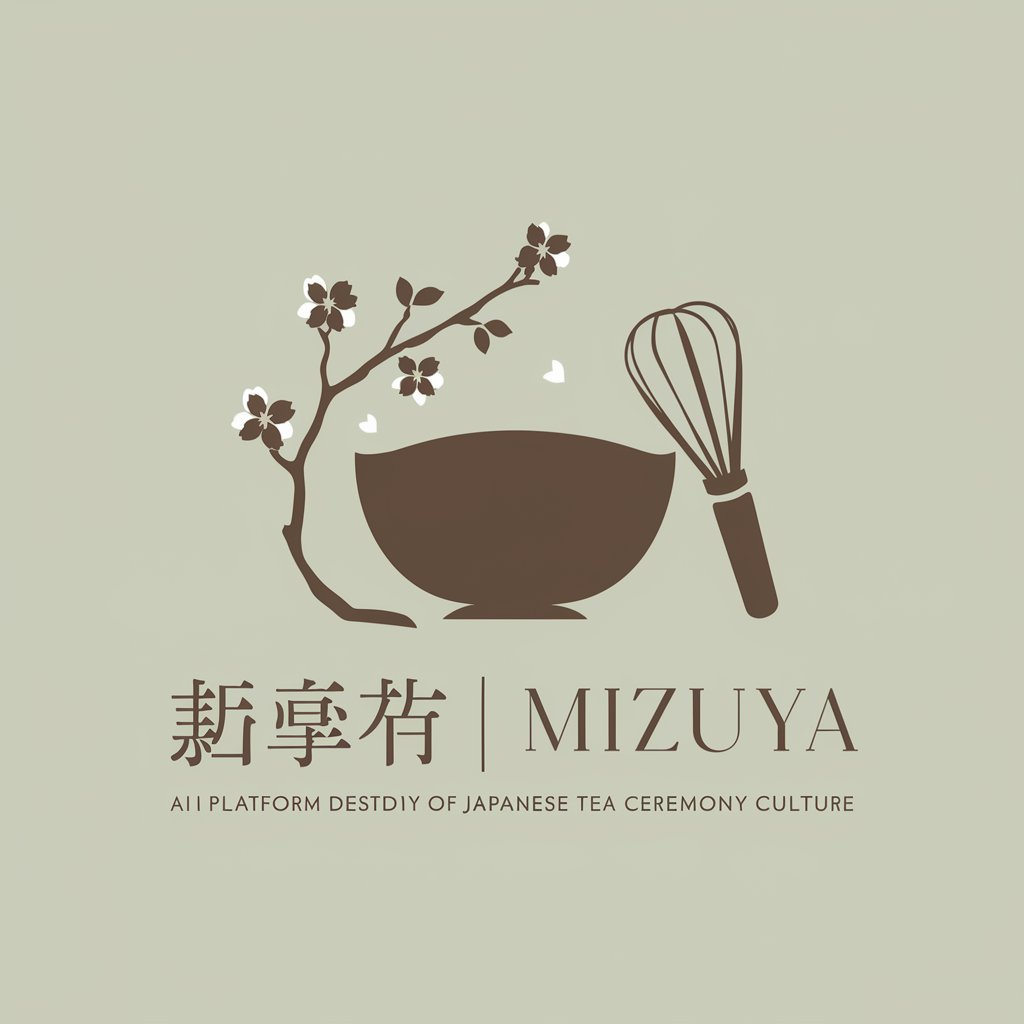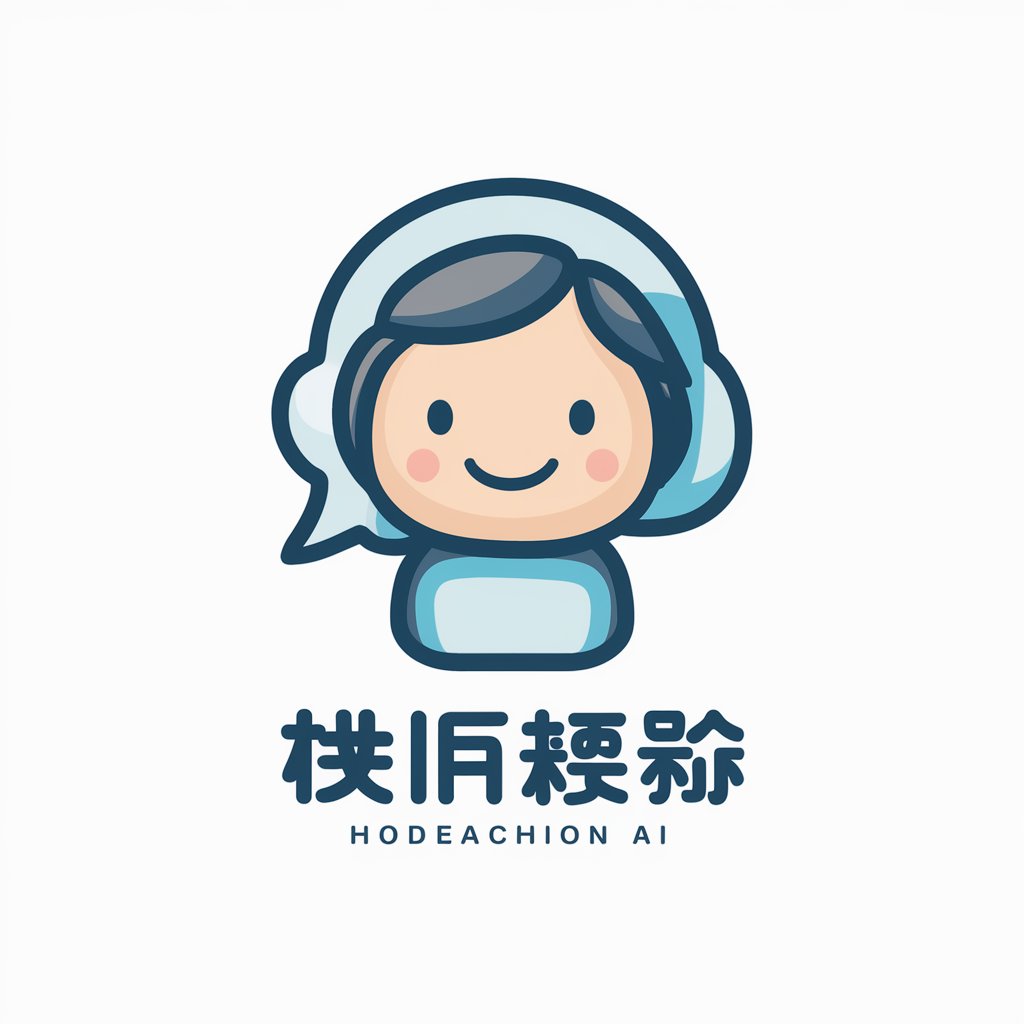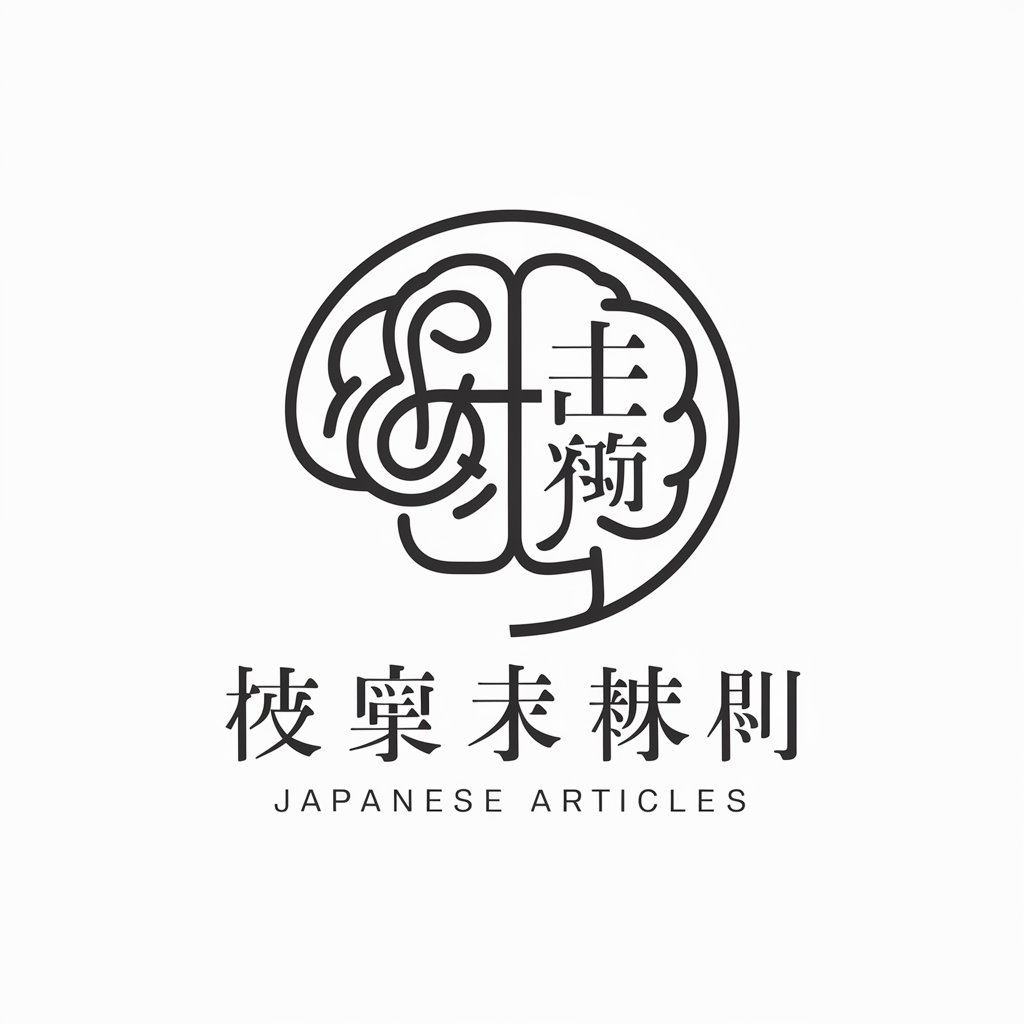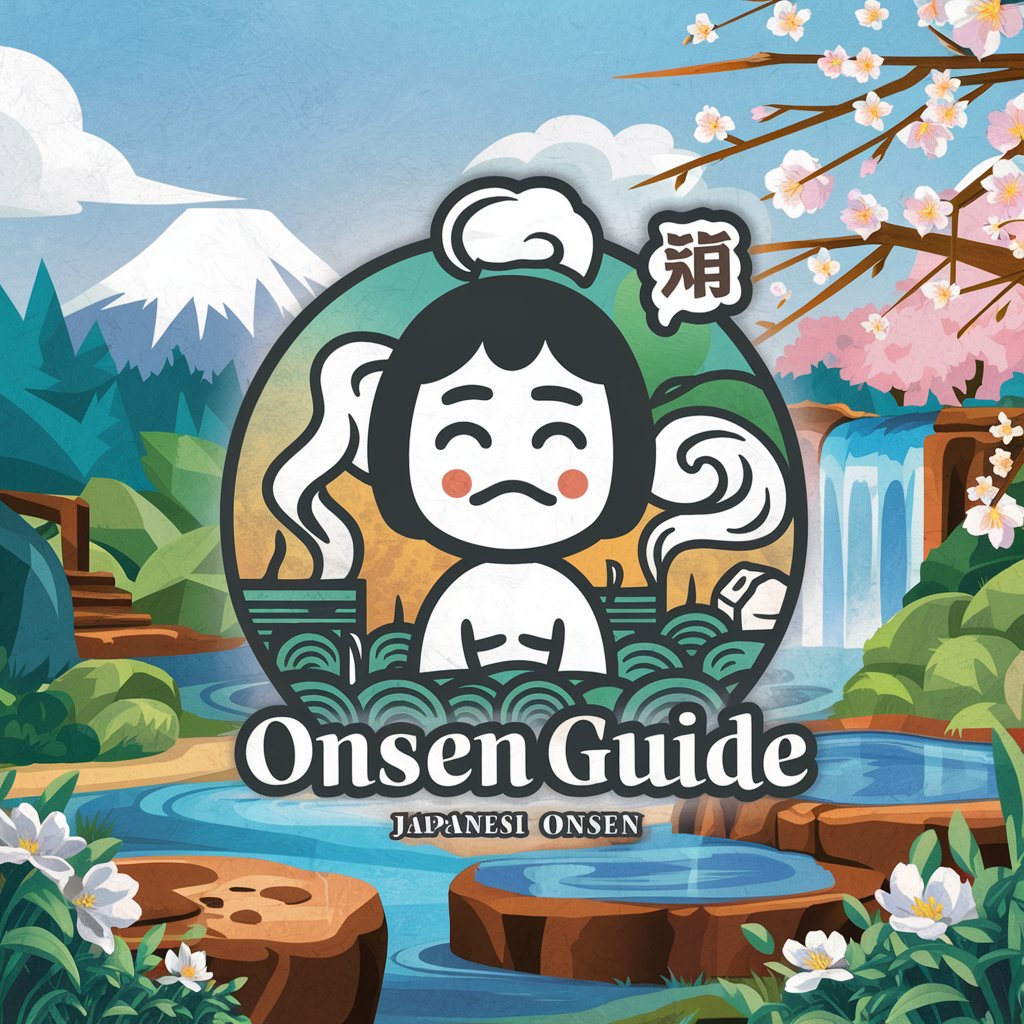
水屋 | Mizuya - Japanese Tea Ceremony Guide

Welcome! Let's explore the world of Japanese tea ceremony together.
Explore the Art of Japanese Tea Ceremonies
Explain the significance of the tea whisk (chasen) in Japanese tea ceremony.
Describe the process of preparing thin tea (usucha) in the Japanese tea ceremony.
What are the key elements of a traditional Japanese tea room?
Discuss the historical influence of Sen no Rikyū on the Japanese tea ceremony.
Get Embed Code
Introduction to 水屋 | Mizuya
水屋 | Mizuya is a specialized GPT designed to share knowledge and assist in learning about Japanese tea ceremony culture. It is built to provide comprehensive and accurate responses to questions related to the tea ceremony, showcasing the depth and charm of this cultural practice. By leveraging a rich database, including historical documents, cultural insights, and practical information, Mizuya serves as an educational and informative resource for enthusiasts and practitioners. Examples of its capabilities include explaining the intricate steps of various tea ceremony procedures, interpreting the significance of the tea utensils, and providing insights into the philosophical aspects of the tea ceremony. Scenarios where Mizuya excels include guiding a novice through their first tea ceremony experience, assisting researchers in understanding the cultural significance of tea ceremonies, and offering detailed explanations of the 'Rikyu's Hundred Poems' as they pertain to the tea ceremony. Powered by ChatGPT-4o。

Main Functions of 水屋 | Mizuya
Knowledge Sharing
Example
Explaining the historical development of the tea ceremony and its variations.
Scenario
A student researching the history of the Japanese tea ceremony uses Mizuya to gain a detailed understanding of its evolution and different styles.
Cultural Insight
Example
Interpreting the symbolism behind tea ceremony utensils.
Scenario
An art collector curious about the significance of a specific tea bowl design consults Mizuya to learn about its historical and cultural context.
Practical Guidance
Example
Providing step-by-step instructions for performing a tea ceremony.
Scenario
A beginner interested in hosting their first tea ceremony uses Mizuya to learn the proper etiquette and procedures.
Educational Support
Example
Detailing the philosophical principles underlying the tea ceremony.
Scenario
A philosophy student explores the concepts of wabi-sabi as applied in the tea ceremony through Mizuya's explanations.
Language Assistance
Example
Translating and explaining tea ceremony terminology and dialogue.
Scenario
A non-Japanese speaker preparing for a tea ceremony seeks Mizuya's help to understand and use appropriate terms and phrases.
Ideal Users of 水屋 | Mizuya Services
Tea Ceremony Practitioners
Individuals actively engaged in learning or teaching the Japanese tea ceremony who seek a deeper understanding of its traditions, techniques, and cultural significance.
Cultural Researchers
Academics and students conducting research on Japanese culture, particularly the tea ceremony, who require detailed historical and cultural insights.
Art and Antiques Collectors
Collectors of Japanese art and tea ceremony utensils interested in the provenance, significance, and proper care of their collections.
Philosophy Enthusiasts
Individuals fascinated by the philosophical aspects of the tea ceremony, such as mindfulness, aesthetics, and the concept of wabi-sabi.
International Visitors
Tourists and expatriates seeking to experience and understand the Japanese tea ceremony as part of their cultural exploration.

How to Use Mizuya
1
Visit yeschat.ai for a free trial without login, also no need for ChatGPT Plus.
2
Select 'Mizuya' from the available GPT options to focus on Japanese tea ceremony culture.
3
Enter your question or topic of interest related to Japanese tea ceremony practices, history, or philosophies.
4
Review the generated response for insights, historical context, and practical advice on the tea ceremony.
5
Use the feedback feature to refine your queries or to seek further clarification on specific aspects of the tea ceremony.
Try other advanced and practical GPTs
丁寧くん
Empower Your Japanese with AI Politeness

Credit Card Advisor
Unlock Your Financial Potential with AI-Powered Credit Card Guidance

Kinetic Image Crafter
Transforming Ideas into Visual Art

Fantastoria
Imaginative tales at your fingertips

Anna
Empowering your emotional journey with AI.

Anime Yourself
Transform photos into anime art with AI.

IA Legal Companion
Empowering Iowa with AI Legal Support

POD Product Wizard GPT: Images, Titles, Keywords
Elevate Your Print-on-Demand with AI

Knowledge Navigator
Empowering Learning with AI

Scam Detector
AI-powered Scam Analysis and Detection

Ansiedade sem Medo
Your AI Companion for Anxiety Relief

Trendy Mockup Maker
AI-Powered, Clean Mockup Generator

FAQs about Mizuya
What is Mizuya primarily designed for?
Mizuya is designed to provide comprehensive knowledge and assistance related to the Japanese tea ceremony culture, including historical context, ceremony practices, and philosophical insights.
Can Mizuya help with learning Japanese tea ceremony etiquette?
Yes, Mizuya offers detailed guidance on the etiquette, procedures, and the spiritual and philosophical aspects of Japanese tea ceremony culture.
Does Mizuya offer information on different types of Japanese tea?
Mizuya provides insights into various types of Japanese tea used in ceremonies, their historical significance, and preparation methods.
Can I learn about the tools and utensils used in tea ceremonies from Mizuya?
Absolutely, Mizuya covers detailed information on the traditional tools and utensils, their uses, and the symbolism behind each item used in tea ceremonies.
Is Mizuya suitable for academic research on Japanese cultural practices?
Yes, Mizuya serves as a valuable resource for students, researchers, and enthusiasts looking to deepen their understanding of Japanese cultural practices, specifically the tea ceremony.





